For seafood lovers, crispy shrimp is a delightful treat that can be enjoyed in various forms, be it popcorn shrimp, coconut shrimp, or the classic crispy fried shrimp recipe. Getting that crunchy shrimp with golden brown perfection can be challenging, especially for those trying it for the first time. However, with a few easy tips and tricks, you can master making crispy, crunchy fried shrimp at home. Let's dive into the essential steps, from buying fresh shrimp to preparing and making shrimp crispy and crunchy.
And if you love shrimp, check out my fan-favorite recipe for Garlic Butter Shrimp and Dynamite Shrimp here on my website.
Jump to:
Buying and Choosing the Right Shrimp
The journey to delicious shrimp begins at the grocery store. It is crucial to select the freshest shrimp available for the best results. Fresh shrimp should have a mild scent, firm bodies, and a translucent, slightly shiny appearance. Avoid shrimp that have a strong fishy odor or any signs of discoloration.
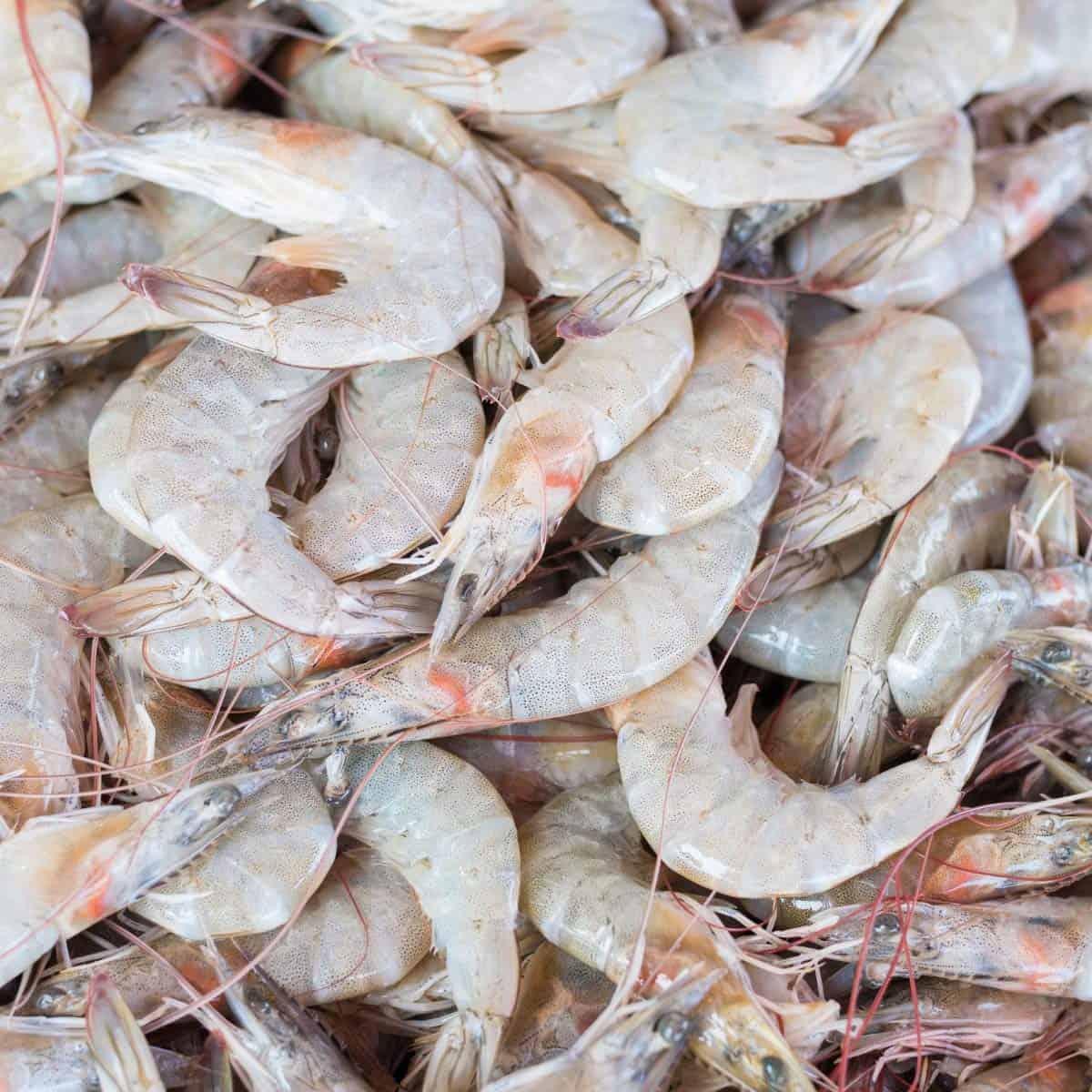
Size Matters
The size of the shrimp will depend on your dish. For example, jumbo shrimp are perfect for a main dish, while smaller, medium shrimp or popcorn shrimp work great as a side dish or appetizer. Shrimp are usually sold by the count per pound. For example, a 16/20 count means 16 to 20 shrimp in one pound.
Peeling and Deveining Shrimp
Before cooking, you'll need to peel and devein the shrimp. Use a sharp paring knife to make a shallow cut along the top of the raw shrimp from its head to its tail. Gently remove the vein and peel off the shell while leaving the tail intact. Some people prefer to eat shrimp shells as they contain nutrients and can add a crunchy texture, but it’s a personal preference.
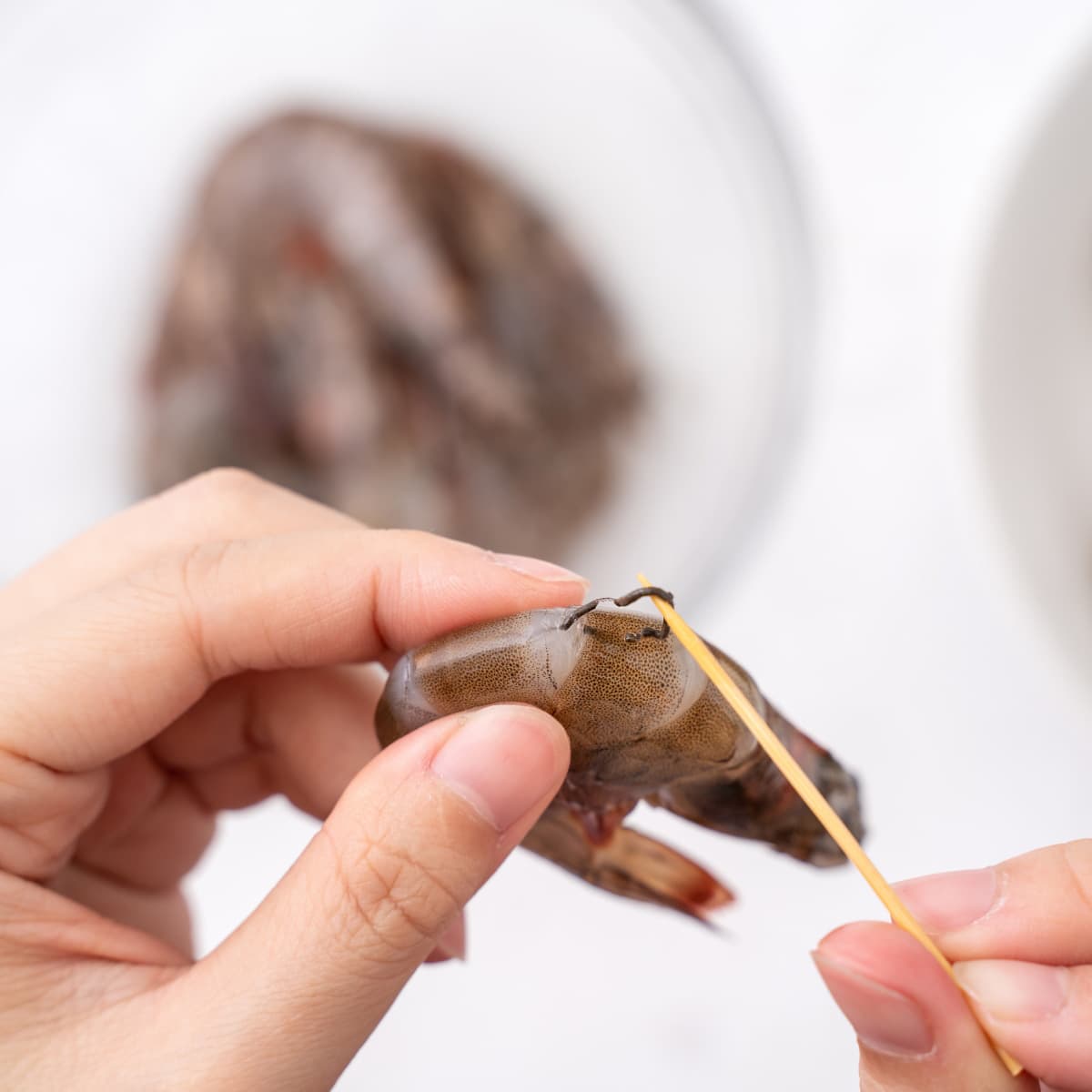
Preparing the Shrimp
Next, you'll want to brine the shrimp. Brining the shrimp in a mixture of cold water, salt, and sugar will help to keep the shrimp moist and flavorful. Let the shrimp soak in the brine for about 30 minutes to an hour, then pat them dry with paper towels.
For the batter, mix together all-purpose flour, garlic powder, onion powder, black pepper, chili powder, and any other dry ingredients of your choice in a large bowl. Mix the wet ingredients like eggs and lemon juice in a second bowl. Dip each shrimp into the wet mixture, then coat it well in the flour mixture. To make shrimp crispy and crunchy, coat the shrimp in panko breadcrumbs or rice flour, a secret ingredient often used in Chinese shrimp dishes and dim sum for an extra crispy texture.
Cooking the Shrimp
For crispy and crunchy fried shrimp, it is essential to use hot oil with a high smoke point, such as peanut or olive oil. Pour about 2 inches of oil into a heavy pot or deep fryer and heat it to 375 degrees F (190 degrees C) using a deep-fry thermometer. Carefully place the shrimp into the hot oil in a single layer, making sure not to overcrowd the pot. Cook the shrimp on each side for 2-3 minutes until they reach a golden brown perfection. Remove the shrimp with a slotted spoon and place them on a baking sheet lined with paper towels to drain the excess oil.
Air Fryer Option
For a healthier option, using an air fryer can still yield crispy and crunchy shrimp. Just make sure you preheat the air fryer first to 375 degrees F (190 degrees C). Place the battered shrimp in a single layer in the air fryer basket. Cook for 10 minutes, flipping halfway through, until the shrimp are crispy and golden brown.
Baking Option
If you prefer to avoid frying altogether, baking is another great way to achieve crispy and crunchy shrimp. Preheat your oven to 450 degrees F (232 degrees C). Place the battered shrimp on a baking sheet lined with parchment paper or lightly greased with cooking spray. Make sure the shrimp are in a single layer and not overcrowded. Bake the shrimp for about 10-12 minutes, flipping them halfway through until they are golden brown and crispy. The high heat will help the shrimp cook quickly and get a crispy texture without deep frying.
Using a sheet pan for baking the shrimp ensures even cooking, and the single layer helps achieve a crispy and crunchy texture. Remember, the internal temperature of the shrimp should reach 145 degrees F (63 degrees C) to be safe for consumption.
This method is not only healthier but also less messy than frying. However, the only difference is that baked shrimp might not be as crispy as the deep-fried or air-fried versions, but it will still be delicious and can be a lighter alternative for an easy dinner.
Serving the Shrimp
Crispy and crunchy shrimp can be served with a variety of dipping sauces, such as cocktail sauce, tartar sauce, remoulade sauce, dynamite sauce, or a homemade sauce made with fresh cilantro, lemon juice, and garlic. Serve the shrimp as a main course with long-grain rice and steamed vegetables or as an appetizer with hush puppies and coleslaw.
Making crispy and crunchy shrimp at home can be easy and fun with these simple tips. Remember to buy the freshest shrimp, brine them for added flavor and moisture, use the right batter, don't overcrowd them when cooking, and cook them at the right temperature. Whether you are making a pan-fried shrimp recipe, air fryer shrimp, shrimp tempura, or P.F. Chang Dynamite Shrimp, these tips will help you achieve a crispy and crunchy shrimp dish every single time.
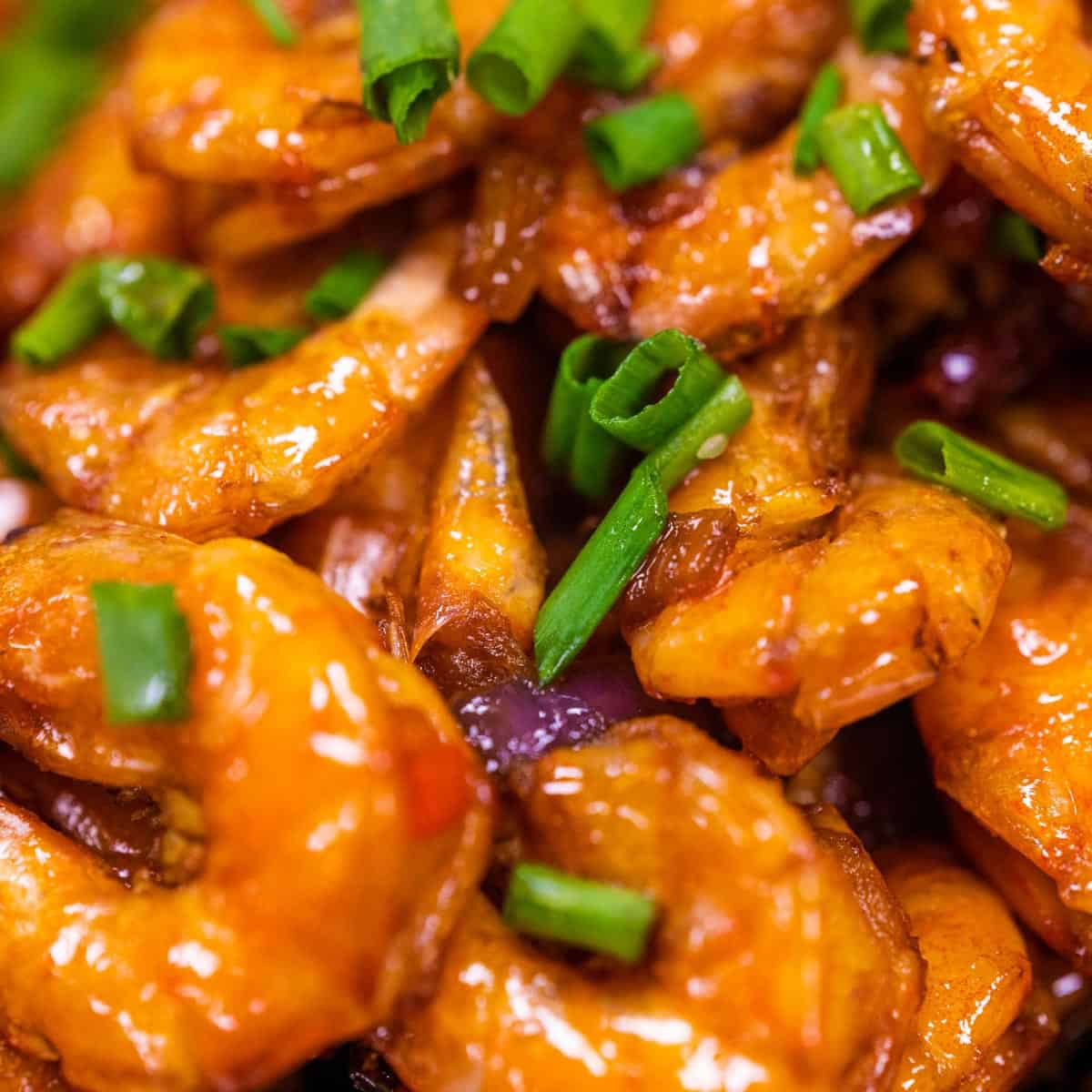
FAQ
Absolutely! While deep-frying is often associated with achieving ultimate crispiness, there are alternative cooking methods that yield fantastic results, too. One popular technique is baking breaded shrimp in a hot oven. This ensures a golden-brown crust without excessive oil absorption.
Use a thermometer: Maintaining the right oil temperature is crucial. If the oil isn't hot enough, the shrimp will absorb more of the oil rather than make them crispy and crunchy.
To ensure your breading stays intact, following proper coating techniques is essential. Start by patting the shrimp dry before dipping them into an egg wash or buttermilk mixture for enhanced adherence. Coat the shrimp generously with seasoned breadcrumbs or panko crumbs, gently pressing them onto the surface.
While it's not mandatory, removing the vein can enhance your dish's flavor and appearance. Deveining helps eliminate any gritty texture caused by accumulated waste material in the digestive tract of some shrimp.
If you want to experiment beyond traditional breadcrumbs, try using crushed crackers like saltines or Ritz for added flavor and crunchiness. Alternatively, finely ground cornflakes or shredded coconut can lend unique textures while complementing various seasoning profiles.
Overcooked rubbery shrimp is undoubtedly disappointing! To avoid this mishap, being attentive during cooking is crucial as they require only a short time on the heat. Watch for the shrimp to turn pink and opaque, indicating they're done. Remove them from the heat immediately to prevent further cooking.
What To Serve With Shrimp
Looking for recipes that go well with shrimp? Try these:
Shrimp Recipes You May Like
These are some of the fan-favorite recipes for shrimp:
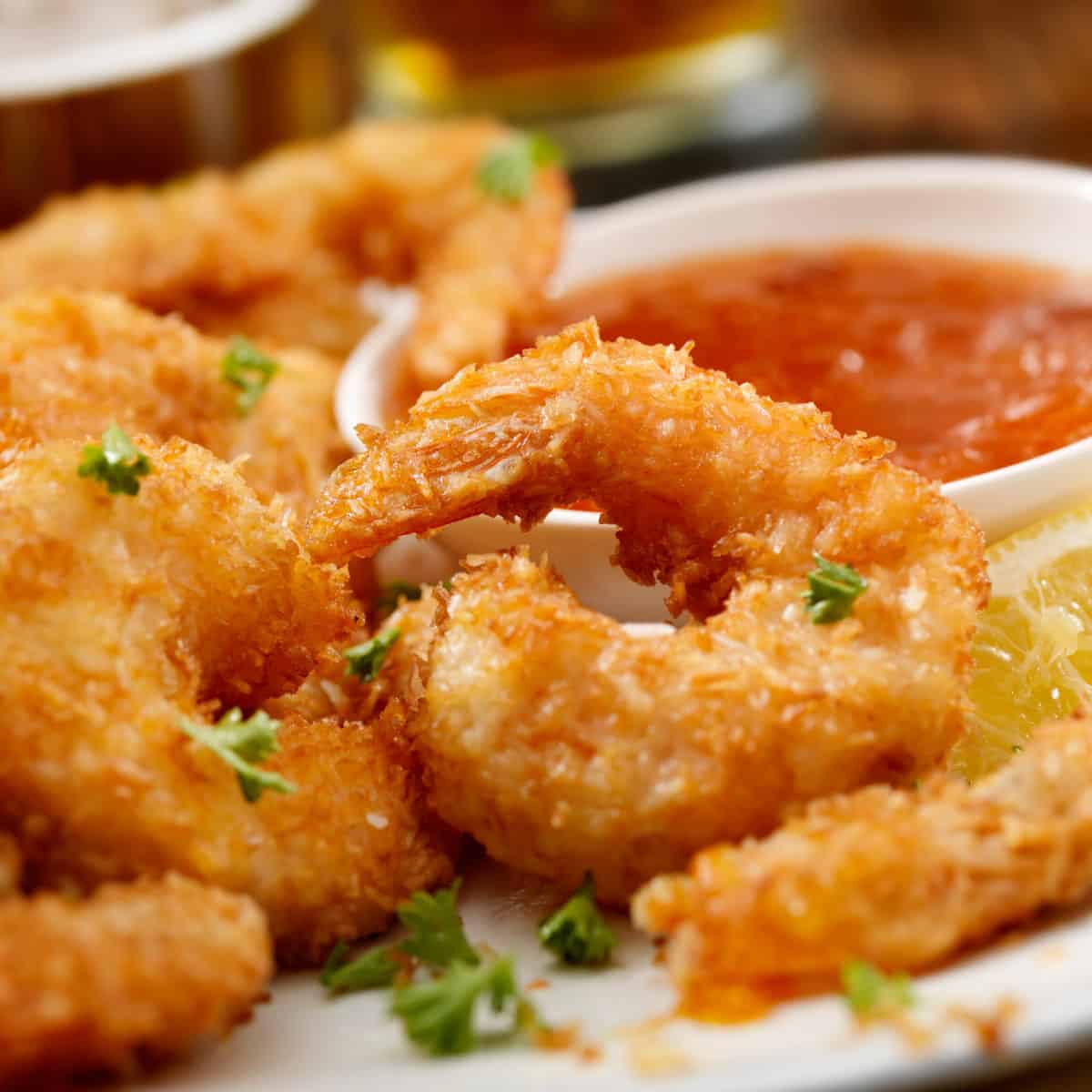
Instructions
- Buy the right shrimp: Fresh shrimp should have a mild scent, firm bodies, and a translucent, slightly shiny appearance.
- Start with dry shrimp: Pat them gently using paper towels to remove any excess moisture.
- Dredge in flour or cornstarch: Lightly coat the shrimp in flour or cornstarch before cooking. This helps create a thin layer that crisps up beautifully when cooked.
- Fry at the right temperature: Use a deep pan or pot with enough oil for deep frying (about 2 inches). Heat the oil to around 350°F (175°C) for optimal crispiness.
Notes
- Select the freshest shrimp available for the best results.
- Brining the shrimp in a mixture of cold water, salt, and sugar will help to keep the shrimp moist and flavorful.
- Shrimp shells contain nutrients and can add a crunchy texture to the dish.
- For crispy and crunchy fried shrimp, it is essential to use hot oil with a high smoke point, such as peanut or olive oil.
- If using an air fryer, make sure to preheat the air fryer first to 375 degrees F (190 degrees C).
- If baking shrimp, preheat the oven to 450 degrees F (232 degrees C).

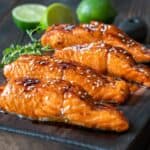
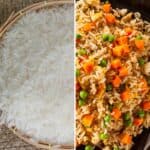
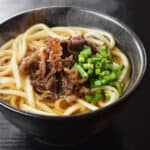
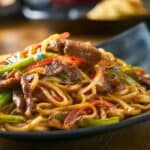
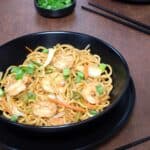
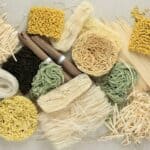

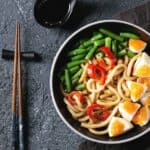

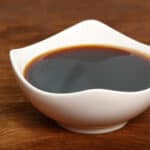
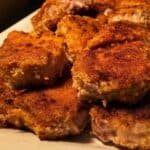
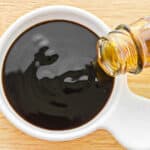
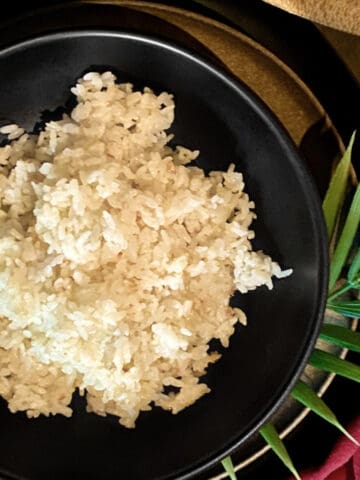
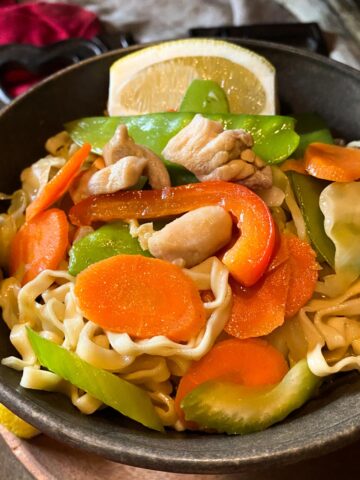
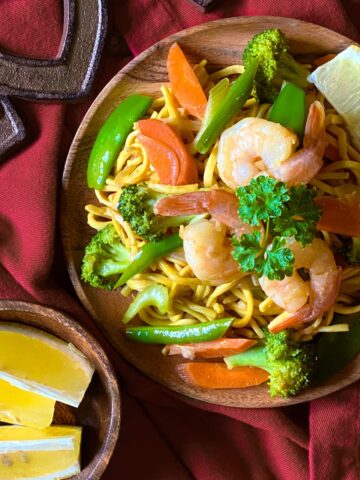
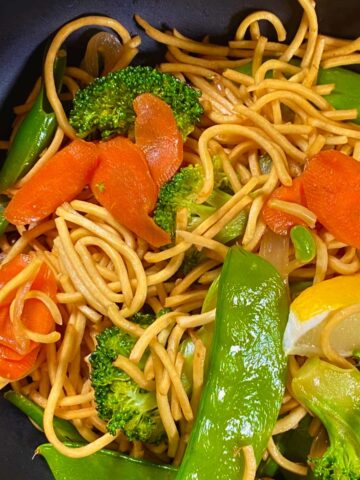
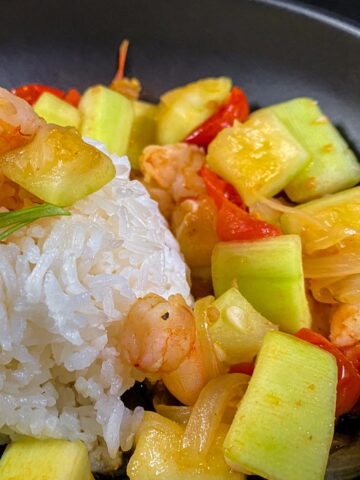
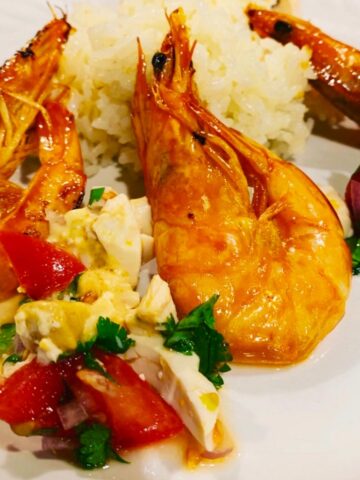
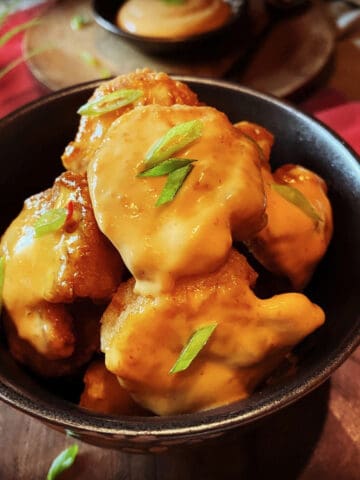
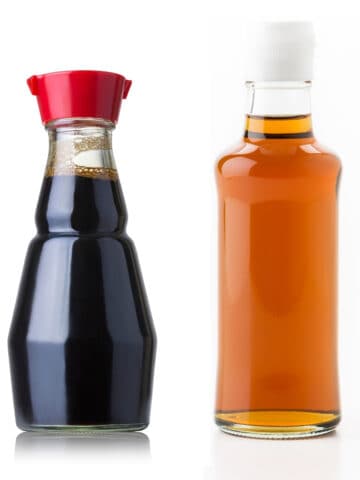
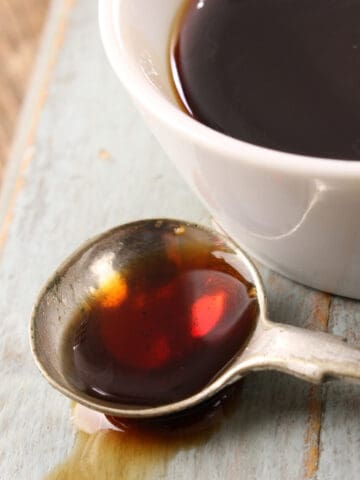

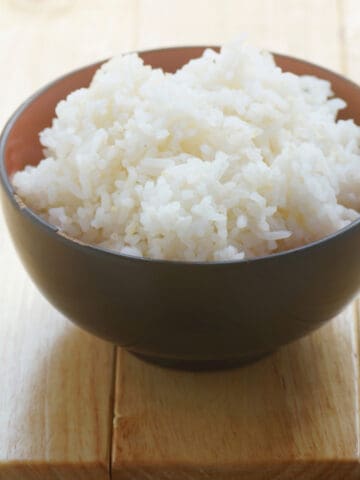


Comments
No Comments